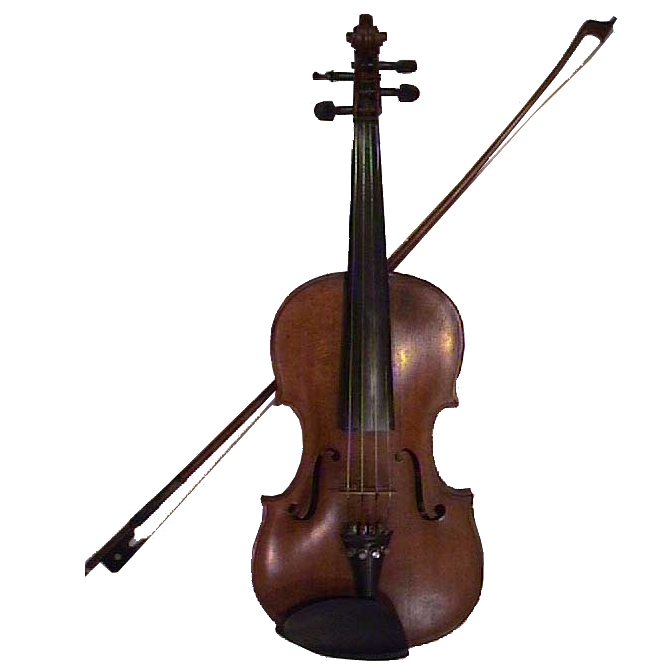Create templates
In addition to using the supplied layout templates, you can also create your own layout templates.
You can save the layout of a piece of music as a layout template: [File|Save as|Layout Template]
Text display of layout templates
Layout templates contain readable text (like all MusiCAD files) and you can therefore also edit them in a regular text editor (such as Notepad). This can also be done within MusiCAD by pressing the ![]() button in the layout template dialog or by opening the template file. For example, the text would look like:
button in the layout template dialog or by opening the template file. For example, the text would look like:
melody "#gLayout|#layoutMyTemplate"; !# iMinDX=2;iMaxDX=16;iHeaderSize=23;iLineSpacing=0;iNBarsPerLine=4; !# iStaffDist=0;iHdrDist=0;iScaleHorizontal=85; !# iScaleVertical=85;iPageLeft=15;iPageTop=10;iPageRight=15; !# fSelection=(Size=5, Y=7);fInfo=(Name=Arial); !# fInfo3=(Name=Lucida Bright, Size=11, Style=fsBold, Color=clRed, Y=7); !# fChords=(Size=14, Style=fsNarrow, Y=-12);
Here you will find all the style properties of the current music insofar as they deviate from the 'standard'.
In each melody, the layout of the entire melody is displayed in the same way at the top.
Like the settings of MusiCAD itself, these are saved in the form:
- property=value;
For example for the bar spacing: iStaffDist=0; or no extra bar spacing (default is 2 )
- fInfo3=(Name=Lucida Bright, Size=11, Style=fsBold, Color=clRed, Y=7);
or all musical information texts will be formatted as described (color is red, etc.)
Lines starting with !# are interpreted by MusiCAD for instructions. Lines that begin with an exclamation point but not immediately followed by a # are considered comments.
Multilingual Templates
melody "#gLayout|#layoutMyTemplate";
The melody title used consists of two parts separated by a | sign. If these start with a # sign, the translation is searched for in the appropriate translation file and en.translate, de.translate and nl.translate in the templates folder.
Special constructions
Layout templates may contain a few special constructions that are not used in melody files:
iScaleHorizontal=*+5
The entry *+5 means an additional 5% for the parameter in question (horizontal scaling)
iScaleHorizontal=*-5
The entry *-5 means 5% off for the parameter in question
fInfo1=*(Name=Comic Sans);
In the text type 'Info1', only change the font to be used (leave size, color, etc. as they are). If the asterisk is omitted, all missing font data will be set to inherit; all text displayed with the Info text type is given the size, color, etc. of the "parent text type."
fChords=*+1;
The entry *+1 in text types makes the letter in question larger
fChords=*-1
The entry *-1 in text types makes the letter in question smaller
fChords=*1;
The entry *1 for text types stands for making visible or invisible. Very useful, for example, to suppress chord symbols or make them visible using a template.
Parameters that normally only apply to parts - when used in a template - set the appropriate property for all parts.
Template functions
In addition to 'normal' settings such as those used in a melody file and the special template constructions above, there are also template functions with which, for example, part modifications can be performed or formatting can be adjusted under certain conditions. Accompaniment parts can also be created with template functions.
ADDPART • CALCULATE • CONFIRM • DELETEPART • ERROR • MESSAGE • MODIFYPART • OPENFILE • OPENLIST • PROMPT • REQUIRE • SAVEFILE • SELECTPART • SET • SETPART • TRANSPOSE • USEPATTERN • USETEMPLATE
FAQ • special constructs • conditions • parameters • variables • translation
